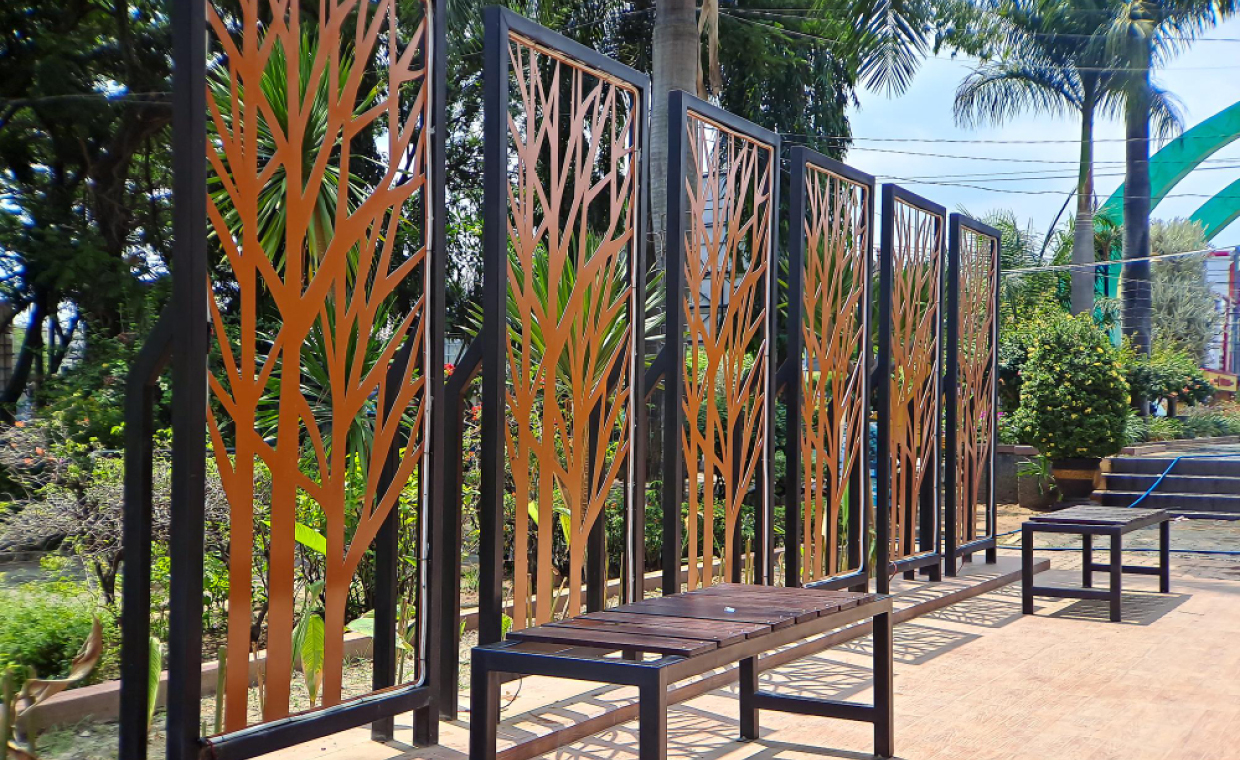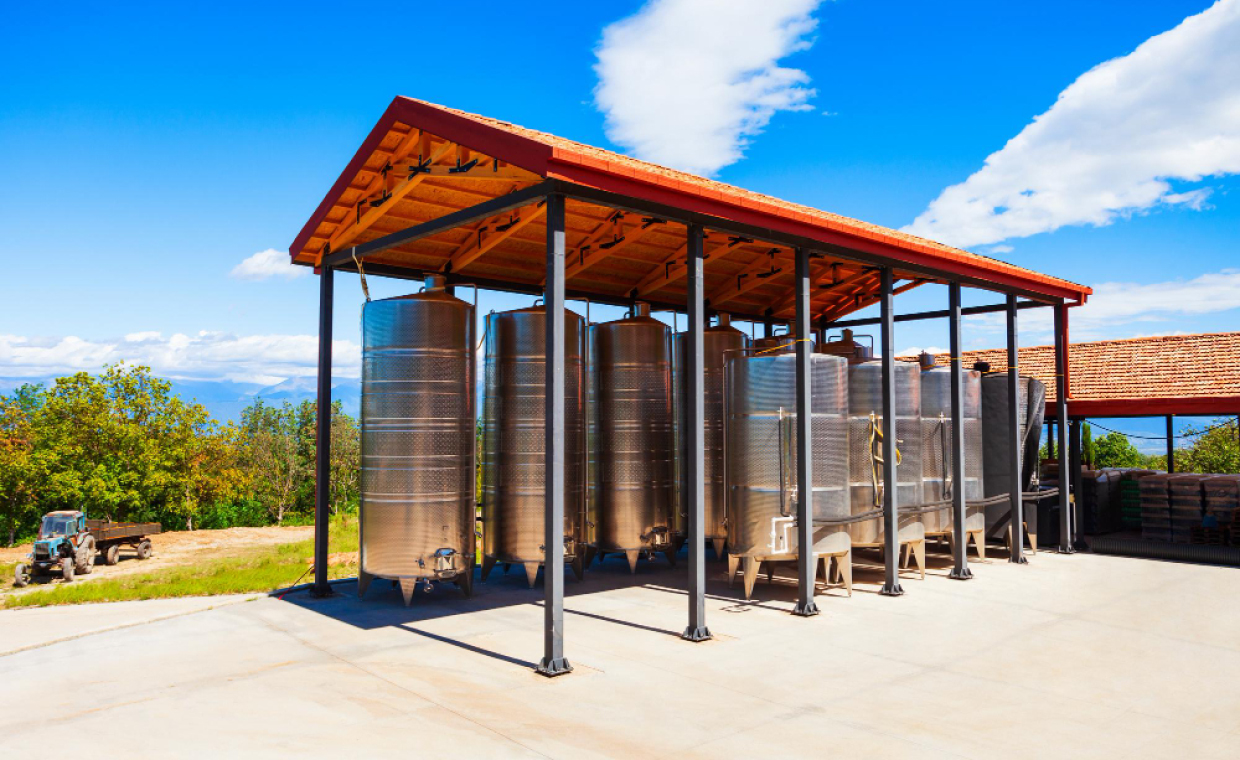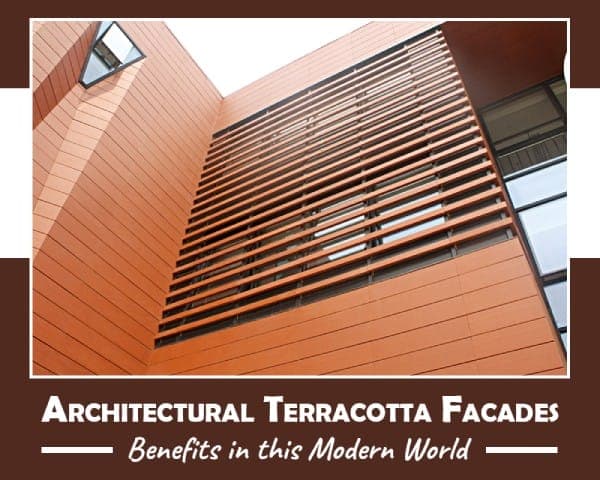
Architectural Terracotta is known for its earthy tones and textured appearance and is one of the oldest man-made building materials. However, there’s so much more to it than age and aesthetics.
For construction purposes, terracotta makes sense in a world in which energy, environmental, and financial difficulties cannot be ignored. When made out of this type of clay, bricks, cladding and tiles are energy-wise and cost-effective.
Before we hurdle on its advantages, first be clear on what is the Architectural Terracotta?
According to American Society for Testing and Materials (ASTM International, 2009) – Standard Terminology of Structural Clay Products defines that ‘Architectural terracotta refers to a fired mixture of clay and water that can be used in a non-structural, semi-structural, or structural capacity on the exterior or interior of a building’.
Architectural Terracotta Being an Ancient Material, has its Modern Relevance too!
Architectural terracotta has been used for more than 3,000 years. To this day, some of the most famous structures built with it attract millions of visitors who marvel at their beauty and their durability.
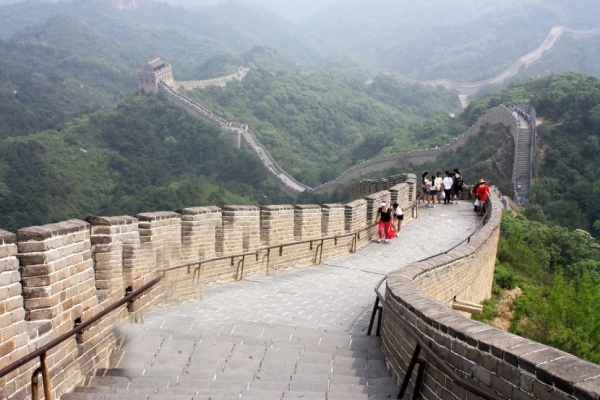
The Great Wall of China
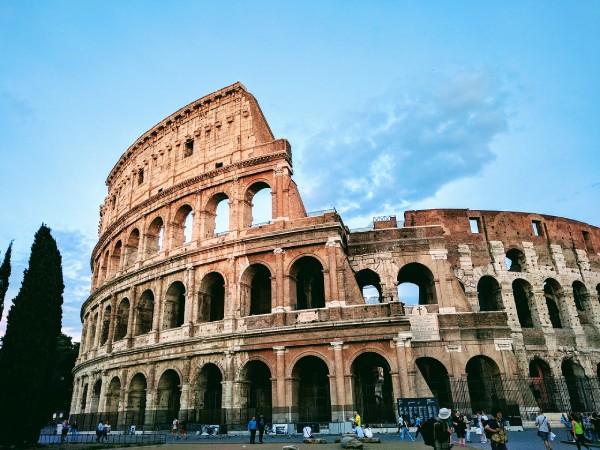
The Coliseum in Rome
The most famous historical examples include the Great Wall of China and the Coliseum in Rome. but there is a less-famous example in India that deserves a mention. The Bhitargaon Temple in Bhitargaon, Uttar Pradesh, is the oldest remaining terracotta Hindu temple with a roof and a shikhara. It was built sometime in the 500s CE. Although the structure has undergone extensive restoration, many features are original.

Bhitargaon Temple in Bhitargaon, Uttar Pradesh, India – The Glory in Terracotta
According to the article published in Architect Magazine by Mike Jackson (2017), ‘Architectural terracotta is an ancient form of masonry that is still used extensively today. Terra-cotta literally means “fired earth,” a nod to the process of turning clay into a durable product used in pottery, floor tiles, and roofing. And the ability of glazed terracotta tiles, hung on a steel frame, to imitate expansive masonry walls made the material a popular choice for architectural expression and durability during the early 1900s. The individual but repetitive nature of the fabrication process made terracotta construction much more economical than carved stone for elaborate building exteriors’.
As far as in this modern time, it is back with varied size of terracotta tiles, terracotta bricks, terracotta louvers and terracotta panels for facades. More recent examples include New York City’s iconic Flatiron building, London’s Natural History and Victoria and Albert museums, and the modern Fuzhou Strait Culture Art Center in Fuzhou, China.
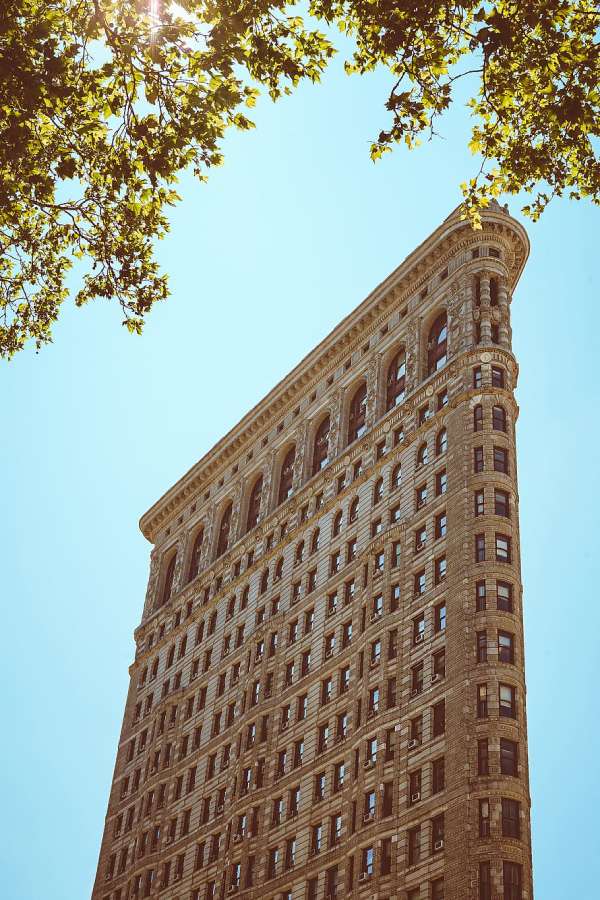
Iconic Flatiron Building, New York

Natural History Museum, London
In this modern relevance, this Fuzhou Strait Culture Art Center consists of 5 buildings shaped like petals and arranged as if they were fanning out of the center of the flower. The entire building’s facade is clad with white a custom-white glazed terracotta panels and glazed terracotta louvers.

Fuzhou Strait Culture Art Center in Fuzhou, China
Let us understand Advantages of Architectural Terracotta one-by-one
Advantage 1 -Sustainable and Recyclable
Architectural terracotta is made from natural clay fired in a kiln. As such, it’s environmentally friendly, and can be recycled. Bricks and panels can be repurposed or they can be reduced to rubble for use in the construction of roads.
You may also like to read on other ecofriendly materials used for building constructions.
Advantage 2 -An Energy Saving Alternative
In many places, the move toward renewable energy is not happening fast enough to contribute meaningfully to the fight against climate change. Architectural terracotta cannot offset that entirely, but its excellent thermal insulation properties mean it can help mitigate the heat-island effect of larger buildings, and it can lower energy consumption.
Terracotta long bricks store heat energy during the day and they release it slowly at night. This means it ultimately costs less to heat the building during cold periods and to cool it during hot weather. Rainscreens and sunshades made from the material have also been proven to lower energy consumption.
Advantage 3 -Durable & Corrosion-Resistant
Other advantages of architectural terracotta are its ability to withstand the exposure to the elements and its resistance to corrosion. If you remember the environmental concerns of the 1980s and early 90s, you may recall the buzz about acid rain. It’s not something we hear about much these days, but that doesn’t mean it disappeared.
The acidity of rainwater continues to rise with the increasing levels of industrial pollution. The effects of this on less-durable building materials are evident in every city on the planet. However, such effects are noticeably absent on structures built or cladded with terracotta. This is because it is essentially baked clay, which has a high alkaline level that makes it far more acid resistant.
Another of the reasons it lasts is because of its freeze-thaw resistance. For example, clay bricks with a water absorption rate of 10% don’t crack even if frozen at -45 ° C and thawed 50 times. Porcelain tiles with the same absorption rate crack after being frozen at -15 ° C and thawed three times.
Advantage 4 -Good For Noise Reduction
The World Health Organization has warned that noise pollution could be the next big crisis after climate change. Bricks made by architectural terracotta manufacturers can refract sound waves and minimize echoes. In addition to decreasing the echo inside a building, the bricks can also provide insulation against external noise, which makes it an ideal material for those looking to reduce the amount of city noise that filters into work and living spaces.
Advantage 5 -Maximum Fire Rating
During the manufacturing process, the clay is fired at such high temperatures it becomes almost fireproof. For this reason, the bricks can withstand large, intense fires for longer than almost any other building material. This is not to say that they are entirely fireproof, but that their durability even in a raging inferno is remarkable.
Do have a look on other fire-resistant building materials used in constructions with their melting points.
After all, the numerous advantages of architectural terracotta are impossible to ignore. As construction trends change, we may well end up looking to the past for a material that has thoroughly modern uses and benefits.
If you like reading this article, you many also love to read on:


























